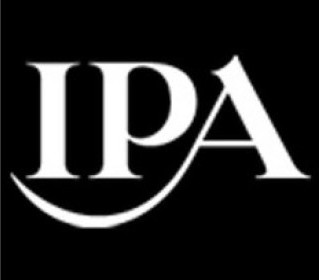UK marketing budgets are expected to continue growing, according to the latest IPA Bellwether Report.
However, financial prospects and adspend forecasts are expected to fall.
The Q2 2022 Bellwether data showed that 24.2% of surveyed companies raised their total marketing expenditure during the second quarter. 13.4% registered budget cuts. That gives a net balance of +10.8% – that’s a decrease compared to Q1, which was +14.1%.
Adpsend has been downgraded due to a deteriorating economic outlook. Elevated inflation throughout 2022 is likely to have a bigger hit on consumer confidence and disposable incomes. There will also be high costs for businesses and rising interest rates. As such the forecast has been reduced by 3.5% to 1.6%.
“The growth in total marketing budgets is encouraging and a reflection of the continued adjustment of the marketing mix post-Covid with events budgets significantly increasing,” said Richard Aldiss, Managing Director, McCann Manchester and IPA City Head for Manchester and the North West.
“However, the stalling growth in advertising spending reflects the uncertainty of the economic and consumer climate. As we see shifts in shopper behaviour and consumers re-evaluate discretionary spending, it is a time for brands to truly listen to their customers whilst also presenting an opportunity for growth for those brands that continue to invest. For agencies, the focus must remain on creative effectiveness and the ability to adapt at pace.”
Events is a key driver of the total marketing activity growth, with companies revising their budget up +22.2%.
The only other sector to record growth in Q2 was PR, which saw a net balance of +3.7%.
A year-long sequence of growth in main media, including TV advertising campaigns, came to a halt, with a 0.0% net balance, down from +9.4%.
Within this, online and video advertising were still recording growth, albeit reduced. However, audio and out-of-home saw downturns deepen.
Uncertain outlook
For the first time since Q3 2020 companies put their own financial prospects into negative territory, with a net balance of -9.5% of companies signalling pessimism about their company’s performance.
This comes as IPA Bellwether author, S&P Global Market Intelligence, has downgraded its assessment for UK economic growth prospects for the next 5 years. Its GDP forecast for 2023 has been cut from 1.2% to 0.5%, bringing down its adspend growth forecast from 1.8% to 0.8%.
It stated that with the outlook beyond 2023 looking “more uncertain” it had also trimmed advertising spending until 2026.
2024 – 1.4% (from 1.7%)
2025 – 2.0% (from 2.2%)
2026 – 2.3% (from 2.4%)
“The Q2 Report out today shows that marketers are understandably concerned about the challenging business climate ahead, as reflected in the deterioration of their financial prospects,” added Paul Bainsfair, IPA Director General.
“It is interesting to see, however, amid the mounting economic headwinds, there were a number of businesses that signalled their intent to market aggressively to support their brand and gain market share from less-prepared competitors. This is usually a wise and canny move. All the IPA’s analysis on who does best in a downturn, shows that the companies that recover fastest are the ones that either maintain or increase their marketing spend during difficult economic times. Equally, cutting ad budgets – relative to competitors’ spend – in a recession undermines companies’ ability to grow future market share and profits.
“Meanwhile, others were also planning for the challenges ahead by positioning their businesses to support customers through difficult times. Brands need to be seen and continue to work for the benefit of consumers. They are important because they offer choice which ensures competition and lower prices, which in the months ahead will be important for consumers looking to spend their money wisely.”
The IPA Bellwether Report reveals the marketing spend intentions across the UK’s top industries and in its 22 years of reporting, it says it has been one of the first indicators to show both recession and recovery.











